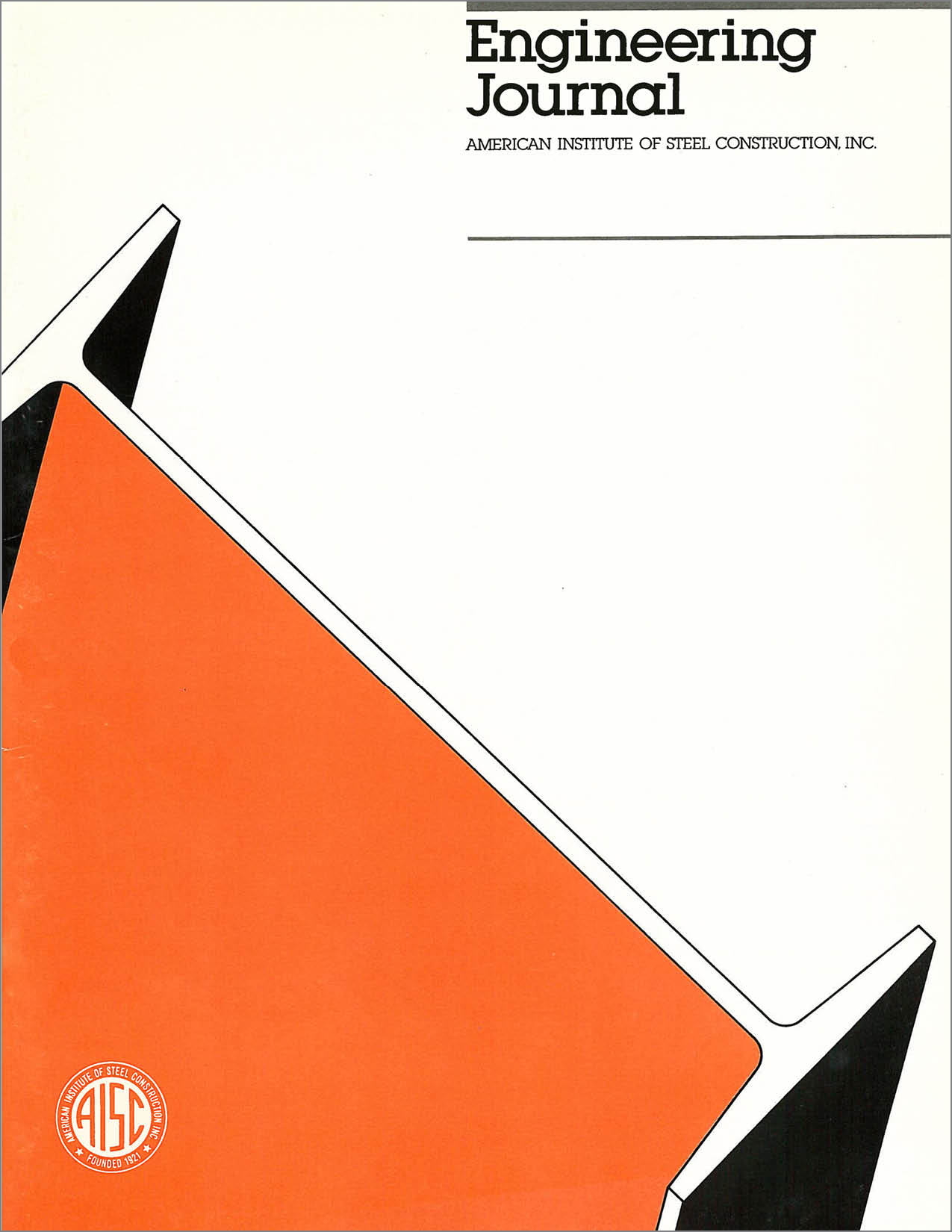Connection Flexibility and Beam Design in Non-sway Frames
DOI:
https://doi.org/10.62913/engj.v25i3.504Abstract
Attention is drawn to the fact that virtually all commonly used types of steelwork beam-to-column connections function as semirigid. Representation of this behavior is best achieved by means of the connections moment-rotation (M—f) curve. For the types of connection normally used in non-sway frames, where "simple framing" is customarily employed, this means true behavior differs from that assumed in design. Beam-end moments are produced, the magnitude of which depends upon the M—f characteristics of the particular connection types used. The implications of this for the design of beams in non-sway frames is discussed. Connection behavior is reviewed and the results of a series of tests on a variety of types, conducted under identical arrangements, used to illustrate the range of M—f behavior expected. Special tests incorporating fabrication induced imperfections have been included so as to assess the likely variability of M—f data. A series of ultimate strength analyses on laterally supported beams provided with various forms of end connection are reported. The results provide quantitative indications of the ability of end restraint to reduce deflections and to increase load carrying capacity. Some results from a preliminary study of laterally unsupported beams are also presented. These suggest proper allowance for end restraint, which in this case should include both in plane and out-of-plane components, will also lead to worthwhile economies.

